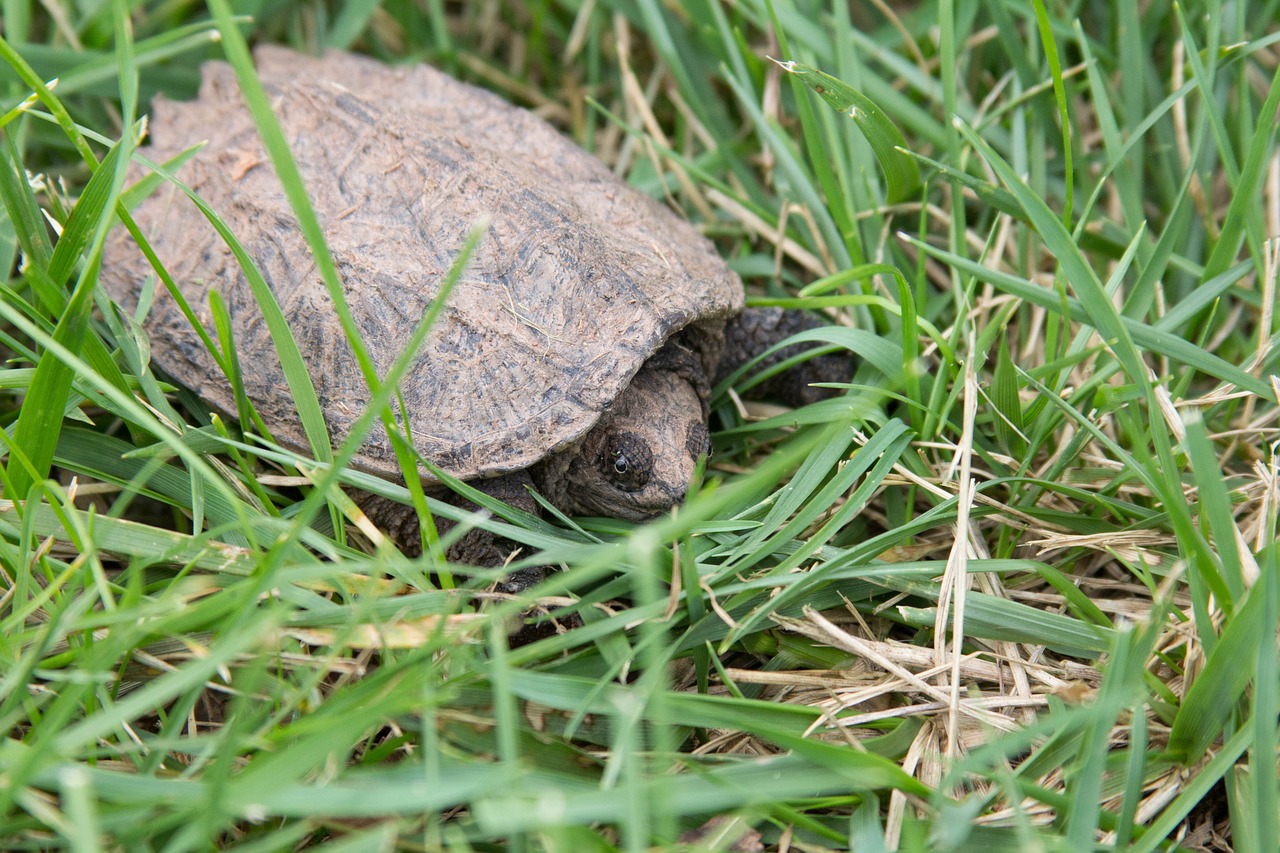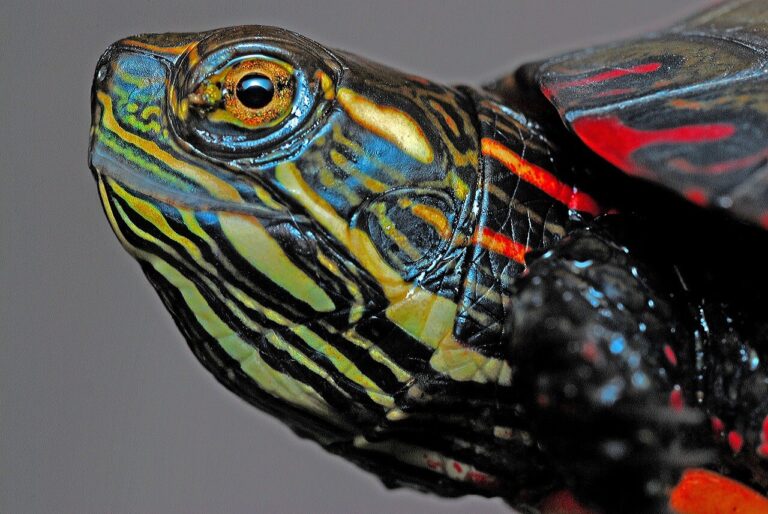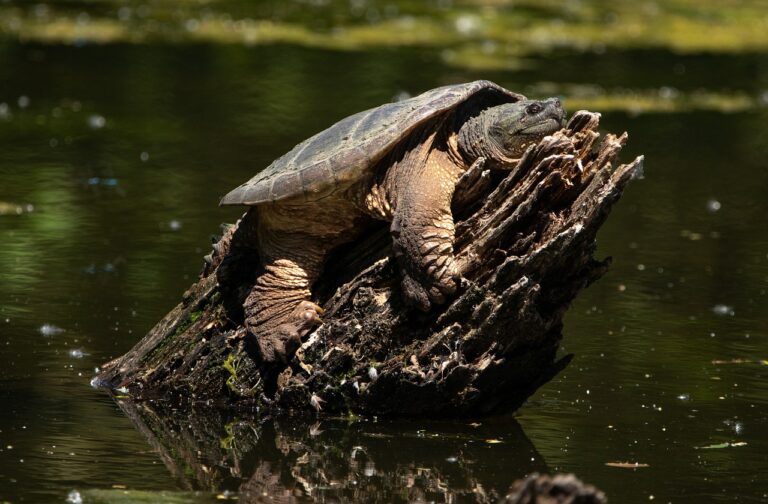Introduction
Snapping turtles, those ancient and enigmatic reptiles with powerful jaws, are facing various threats to their survival. Conservation efforts are vital to ensure these remarkable creatures continue to thrive and enrich our ecosystems. In this article, we will explore the challenges snapping turtles face and the uncommon, expert strategies for their conservation.
The Imperiled World of Snapping Turtles
Before we delve into snapping turtle conservation, it’s essential to understand the urgent need for these efforts.
Key Challenges:
- Habitat Loss: Snapping turtles face habitat destruction due to urban development and wetland degradation.
- Road Mortality: These turtles often fall victim to vehicle strikes while migrating or nesting.
- Overexploitation: Harvesting for the pet trade, traditional medicine, and food poses a significant threat.
- Pollution: Water pollution and contaminants can harm snapping turtle populations.
The Multi-Faceted Approach to Conservation
To protect snapping turtles effectively, conservation efforts should encompass various strategies and address the key challenges they face.
Habitat Preservation and Restoration
Conservation Strategies:
- Wetland Protection: Preserving wetlands and freshwater ecosystems is essential for snapping turtles. These habitats are their primary homes.
- Habitat Restoration: Restoring degraded habitats, such as riverbanks and wetlands, can provide essential refuges for these reptiles.
Expert Advice:
- Establishing wildlife corridors to connect fragmented habitats can aid in their movement and dispersal.
- Promoting and supporting local wetland conservation initiatives can have a significant impact on their habitats.
Road Mortality Mitigation
Conservation Strategies:
- Road Signs and Fencing: Installing signs to alert drivers to turtle crossings and using fencing to guide them safely can reduce road mortality.
- Volunteer Efforts: Engaging volunteers in local turtle crossing programs is an effective way to save turtles during migrations.
Expert Advice:
- Identifying and prioritizing road crossing hotspots can maximize the efficiency of mitigation efforts.
- Creating underpasses or tunnels for turtles can help them cross roads safely.
Responsible Pet Ownership
Conservation Strategies:
- Regulation and Legislation: Implementing and enforcing regulations for the collection and trade of snapping turtles.
- Education: Promoting responsible ownership and discouraging the illegal pet trade.
Expert Advice:
- Collaborating with herpetological societies and organizations to spread awareness about responsible pet ownership.
- Encouraging pet owners to adopt captive-bred snapping turtles instead of wild-caught individuals.
Public Awareness and Education
Conservation Strategies:
- Educational Programs: Launching educational initiatives to inform the public about snapping turtles and their conservation needs.
- Nature Centers and Wildlife Organizations: Partnering with these organizations to reach a broader audience.
Expert Advice:
- Implementing school curricula that include lessons about snapping turtles and their role in ecosystems.
- Organizing public events, such as “Turtle Days,” to engage communities in turtle conservation.
Uncommon Insights into Snapping Turtle Conservation

Captive Breeding and Reintroduction
Captive breeding programs have proven successful for some endangered turtle species. By establishing similar programs for snapping turtles, we can help bolster their populations and reintroduce them into the wild.
Climate Change Considerations
As climate change impacts weather patterns and aquatic ecosystems, snapping turtles may face challenges in terms of temperature-dependent sex determination. Research into their response to changing environmental conditions is vital for their conservation.
Research and Data Collection
Collecting data on snapping turtle populations, their habitats, and migration patterns is critical for informed conservation efforts. Researchers and citizen scientists play a crucial role in contributing to our understanding of these elusive reptiles.
Conclusion
Snapping turtle conservation is a multifaceted endeavor that demands our attention and action. These fascinating reptiles face numerous threats, from habitat loss to road mortality, making their preservation a matter of urgency. By prioritizing habitat preservation and restoration, mitigating road mortality, promoting responsible pet ownership, and engaging in public awareness and education, we can protect snapping turtles and ensure their continued existence in the wild. Uncommon insights, such as captive breeding and climate change considerations, add depth to our understanding of their conservation needs. Together, we can work towards safeguarding these ancient and extraordinary creatures, securing their place in the diverse tapestry of North American wildlife.



